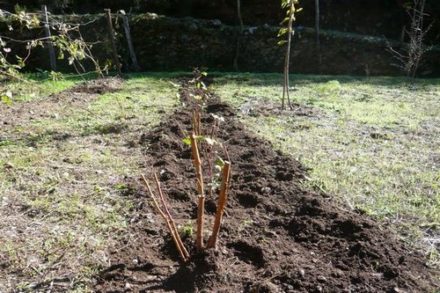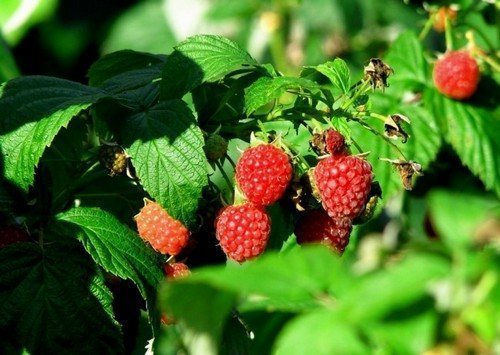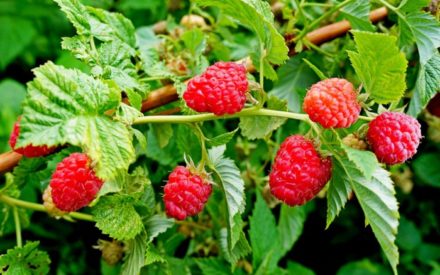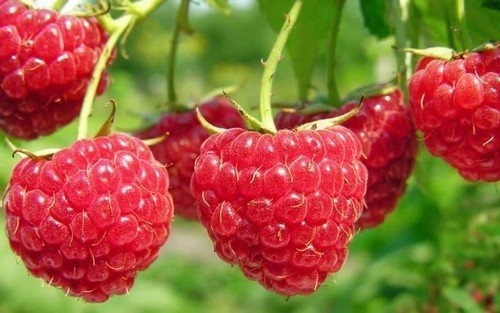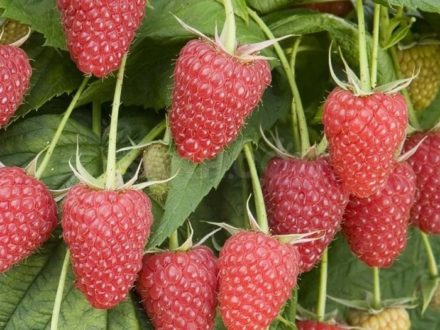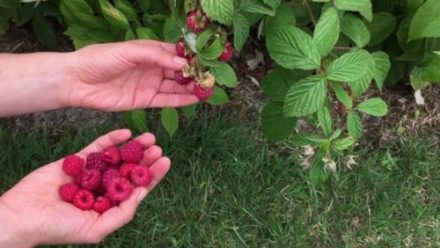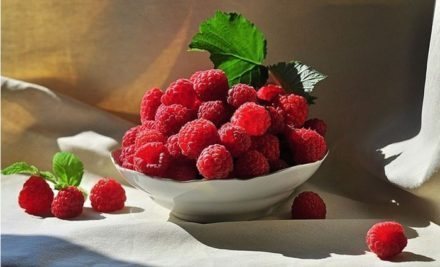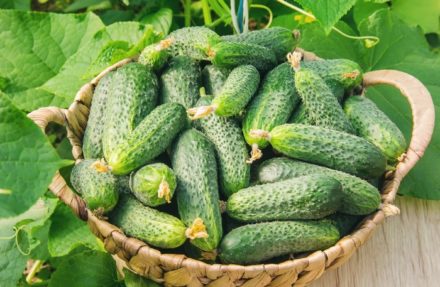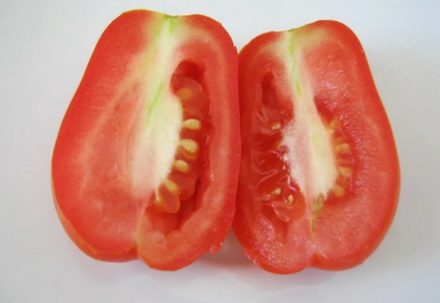In autumn, yellow, dry raspberry leaves that fall off are considered normal. This phenomenon in summer, or even spring, indicates that the plant needs help. Let's consider the causes and methods of combating yellowing of foliage.
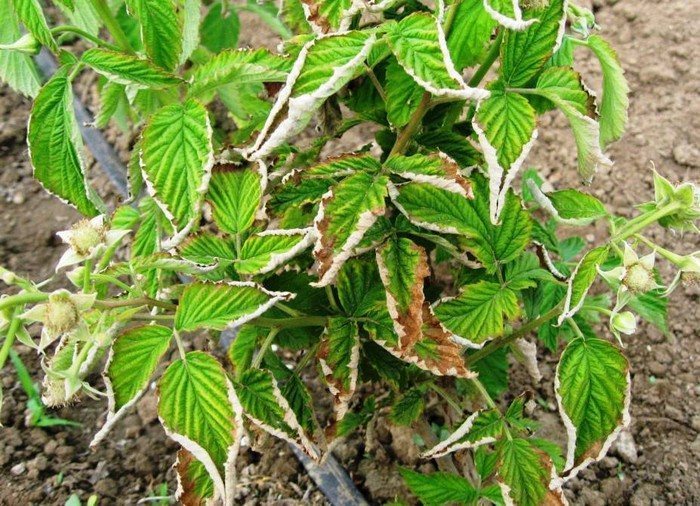
The first reason is not dangerous. The natural process of photosynthesis requires light, which cannot penetrate the dense raspberry tree. Yellow leaves on the bottom layer, where photosynthesis does not occur, is a normal phenomenon caused by insufficient light. It is recommended to thin out the raspberries or tie them up.
Pests
A common option is pests. The assumption can be easily confirmed or refuted by examining the bushes. Spider mites and aphids are common culprits. Adults are found on the leaves and eggs are found.
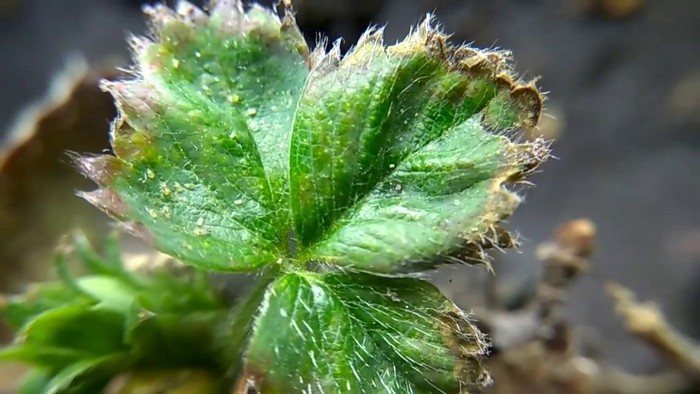
Spider mite
Yellow spots cover the leaf, which dry both in the center and along the edges. The spider mite is less than a millimeter in size and difficult to see. But it multiplies quickly, covers the plant with a web and kills it.
Spider mites are a representative of arthropods that carry the virus. To combat, acaricides will be required (Akarin, Kleschevit, Vertimek).
Aphid
When infested by aphids, the leaves first curl, and then they turn yellow and dry out. Insects come in black, gray, green and brown colors. They suck juice from cells. Like spider mites, they are vectors of disease.
During the flowering and ovary season, aphids attack the crop most often. Using insecticides is dangerous. Traditional methods and biological products cope with the problem.
Nutrient deficiencies
The causes of yellow raspberry leaves are a lack of nutrients in the soil and a prolonged lack of precipitation. “Starvation” of raspberries provokes non-infectious chlorosis. The leaves become pale and turn yellow.
For prevention purposes, regular watering is created. Complex nitrogen fertilizers prevent starvation and solve the problem.
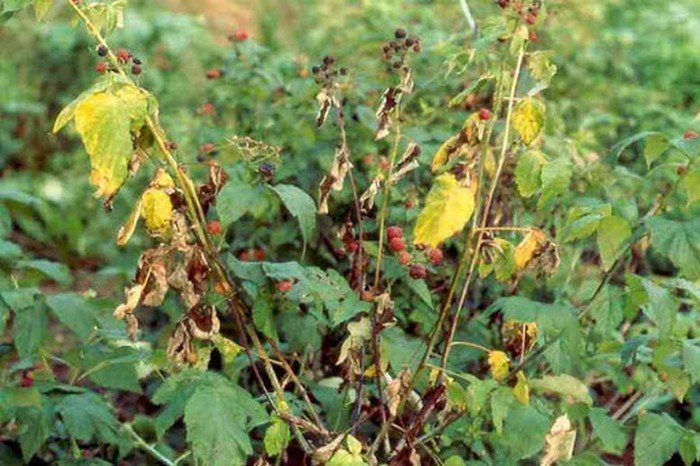
Infectious, bacterial, and fungal diseases also cause blanching. Pay attention to this option with sufficient fertilizer and required weather conditions.
Raspberry cancer
Formed on the root system, moving onto the bush. The formed growths prevent the roots from absorbing moisture and feeding on substances. The presence of the disease is checked when the leaves turn yellow and fall off, the number of berries is reduced, and the taste is lost.
Affected bushes are dug up and destroyed outside the site. In order for the bacteria to die, the area with diseased plants is not planted for 2–4 years.
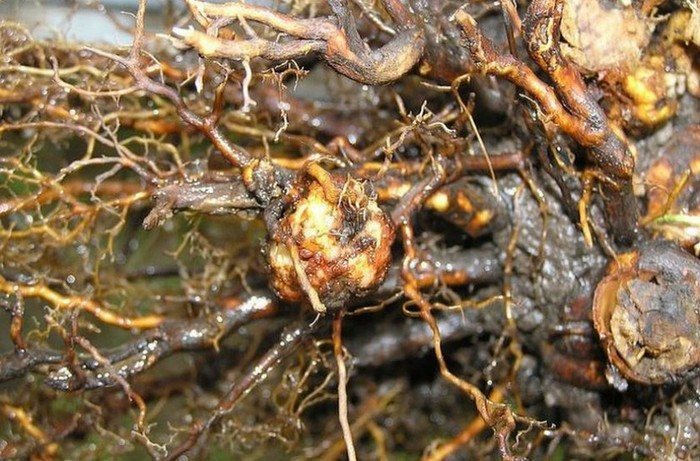
Chlorosis
The primary stage is characterized by yellowing along the veins, then the leaf becomes yellow and dries. On young bushes the number of leaves decreases and the berries dry out. The mites and aphids mentioned above suffer chlorosis.
Diseased bushes are dug up and burned.
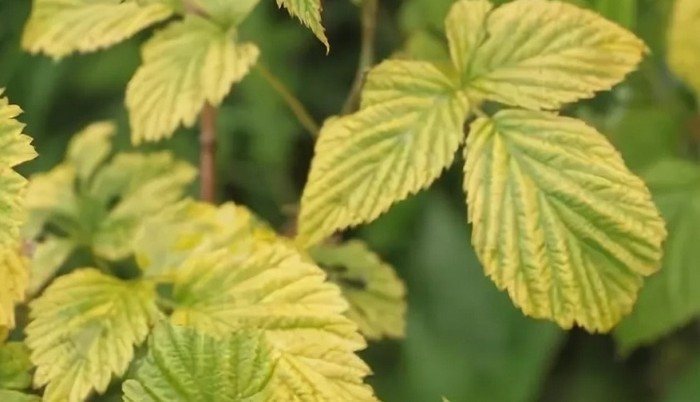
The appearance of yellow leaves earlier in autumn is not a reason to immediately suspect disease: consider other options. Regular garden cultivation, fertilization, and watering will ensure healthy plants.


